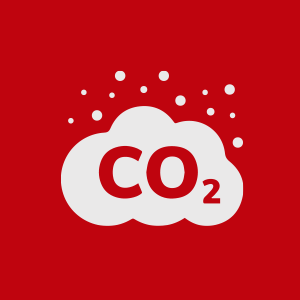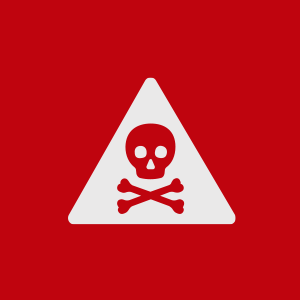View Incidents
Gladstone
-

Gladstone Coal Power Station releases 7,241,154 tonnes of CO₂ throughout the year.
Learn moreRefers to total scope 1 emissions (t CO₂-e) in the year to 30 June 2020 according to the Clean Energy Regulator.
-

Unit trip: Gladstone
Learn moreA unit trip is an incident where an entire unit of a coal power station reduces its generation to zero. Source: OpenNEM, The Australia Institute
-

Unit trip: Gladstone
Learn moreA unit trip is an incident where an entire unit of a coal power station reduces its generation to zero. Source: OpenNEM, The Australia Institute
-

Unit trip: Gladstone
Learn moreA unit trip is an incident where an entire unit of a coal power station reduces its generation to zero. Source: OpenNEM, The Australia Institute
-

Gladstone Coal Power Station releases 69,700kg of PM2.5
Learn moreGladstone Coal Power Station reports releasing 69,700kg of PM2.5 in the year to 30 June 2019 – a 23% increase from the previous year.
PM2.5 is extremely small particulate matter, which can be inhaled deep into the lungs and may cause serious health effects. The Australian government says it has been linked to increased respiratory symptoms and premature death. -

Gladstone Coal Power Station releases 28,700 tonnes of sulfur dioxide
Learn moreGladstone Coal Power Station reports releasing 28,700,000kg of sulfur dioxide in the year to 30 June 2019.
The Australian government links repeated or prolonged exposure to moderate concentrations of sulfur dioxide to inflammation of the respiratory tract, wheezing and lung damage. -

Gladstone Coal Power Station releases 16kg of arsenic
Learn moreGladstone Coal Power Station reports releasing 16kg of arsenic & compounds in the year to 30 June 2019.
-

Gladstone Coal Power Station releases 16kg of arsenic
Learn moreGladstone Coal Power Station reports releasing 16kg of arsenic & compounds in the year to 30 June 2019.
-

Gladstone Coal Power Station releases 755 tonnes of hydrochloric acid
Learn moreGladstone Coal Power Station reports releasing 755 tonnes of hydrochloric acid in the year to 30 June 2019.
-

Gladstone Coal Power Station releases 100kg of mercury
Learn moreGladstone Coal Power Station reports releasing 100kg of mercury & compounds in the year to 30 June 2019.